Daniel Espino Garcia
MVI: Minimum Viable Interface for React Components
#1about 2 minutes
Introducing Minimum Viable Interface for business code
MVI is a philosophy for writing business-specific code by keeping the interface of your components as small as possible to satisfy current needs.
#2about 2 minutes
Benefits of a minimal component interface
Reducing component props lowers cognitive load, simplifies testing, makes refactoring easier, and improves overall codebase coherence.
#3about 2 minutes
Defining a React component's interface as its props
For the purpose of MVI, a React component's public interface is defined entirely by the props it accepts.
#4about 3 minutes
Contrasting abstract library code with specific business code
Unlike abstract library code designed for many use cases, business code should be concrete and tailored to solve a single, specific problem.
#5about 1 minute
Applying the YAGNI principle to component props
The "You Ain't Gonna Need It" (YAGNI) principle advises against adding props or features for hypothetical future needs.
#6about 5 minutes
Choosing the right prop types from booleans to styles
A hierarchy of prop types is presented, favoring simple types like booleans and enums over more flexible but dangerous ones like class names or styles.
#7about 3 minutes
Why you should wrap third-party libraries
Encapsulate third-party libraries in your own components to expose only the minimal interface needed, simplifying future refactoring and dependency swaps.
#8about 1 minute
How to avoid impossible component states with props
Design your component props using enums or union types instead of multiple booleans to prevent developers from creating invalid or nonsensical states.
#9about 2 minutes
Addressing the challenges and trade-offs of MVI
While adapting to changing business needs can be uncomfortable with MVI, the long-term benefits of clarity and simplicity often outweigh the initial friction.
Related jobs
Jobs that call for the skills explored in this talk.
Featured Partners
Related Videos
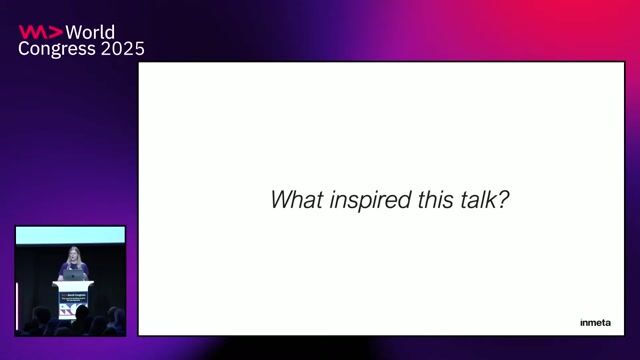 25:22
25:22Building Interactive Async UI with React 19 and Ariakit
Aurora Scharff
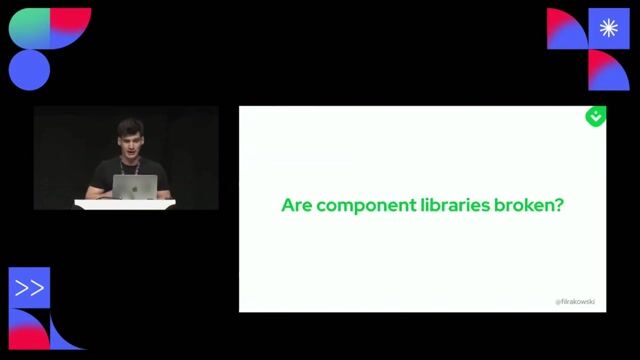 29:44
29:44Building a component library for modern challenges
Filip Rakowski
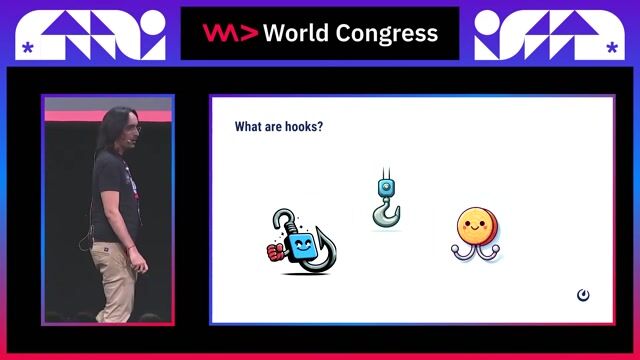 20:16
20:16Dos and don'ts with react hooks. An opinionated approach
Daniel Espino Garcia
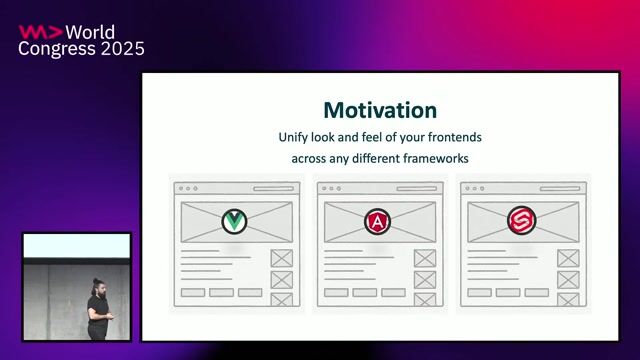 19:46
19:46Building a framework-independent component library
Tobias Scholz
 28:43
28:43Bringing back reactivity in "reactive" frontend
Michał Moroz
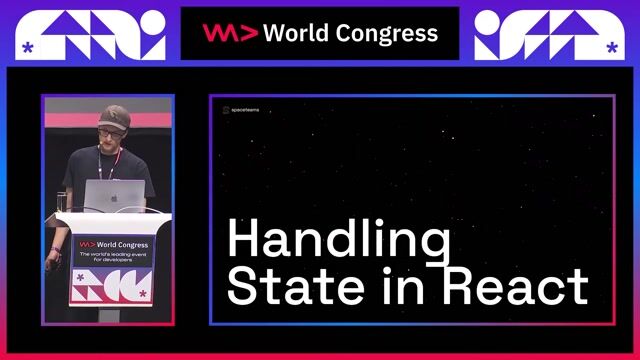 23:39
23:39Rethinking React State Management: The Power of Built-In Solutions
Marc Brehmer
 41:28
41:28Component styling in a JS world — evolve your mental model
Maximilian Heinrich
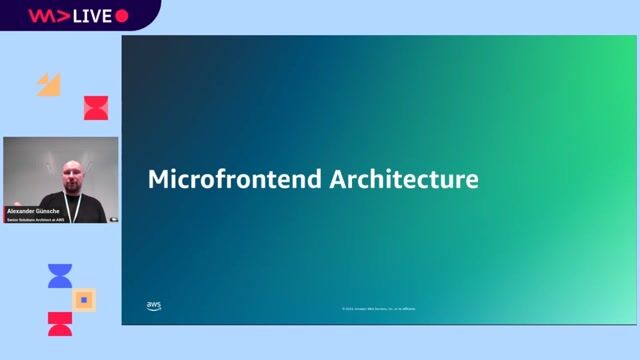 54:39
54:39Interface Contracts in Microfrontend Architectures
Alexander Günsche
From learning to earning
Jobs that call for the skills explored in this talk.


Frontend Engineer (Typescript/React.js)
VanHack
Barcelona, Spain
Remote
Intermediate
GIT
REST
React
Vue.js
+10


